They don’t have mouths or voices, but plants aren’t as passive as they seem.
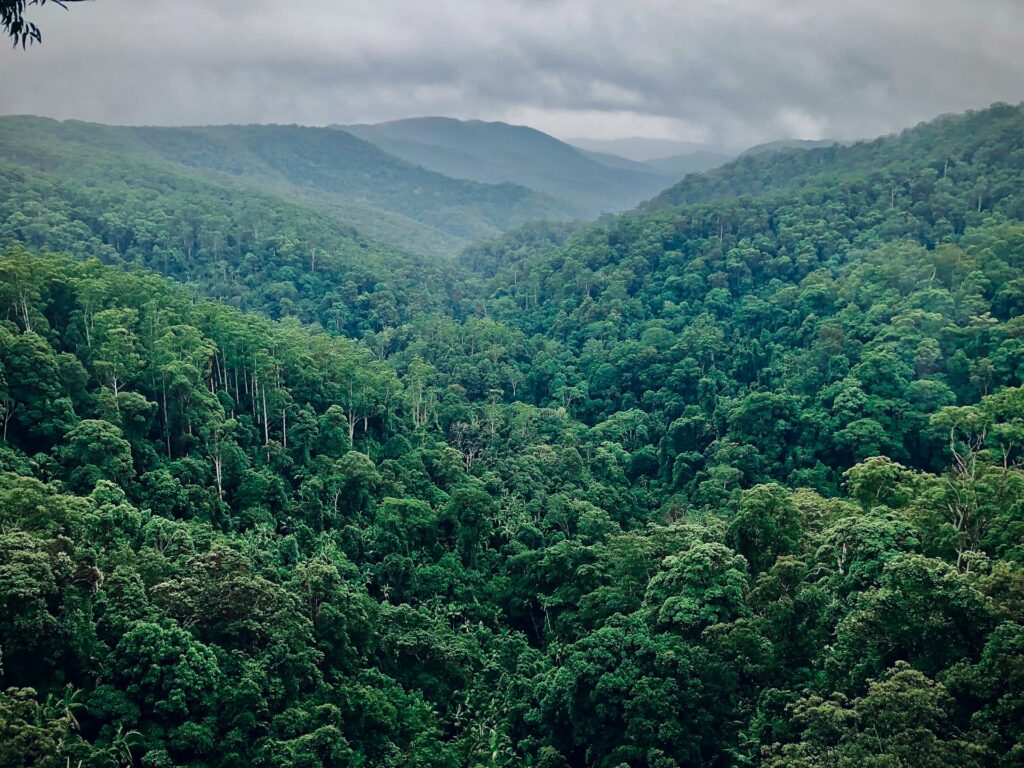
In fact, some species can send out distress signals when they’re under attack, alerting other trees and plants nearby to prepare for trouble. And thanks to new research, we now know that this communication doesn’t just happen between neighbouring leaves. In the world’s forests, entire miles of woodland can be connected through underground systems that allow plants to warn each other, respond to threats, and adapt in surprisingly smart ways.
1. Trees use fungal networks like nature’s internet.
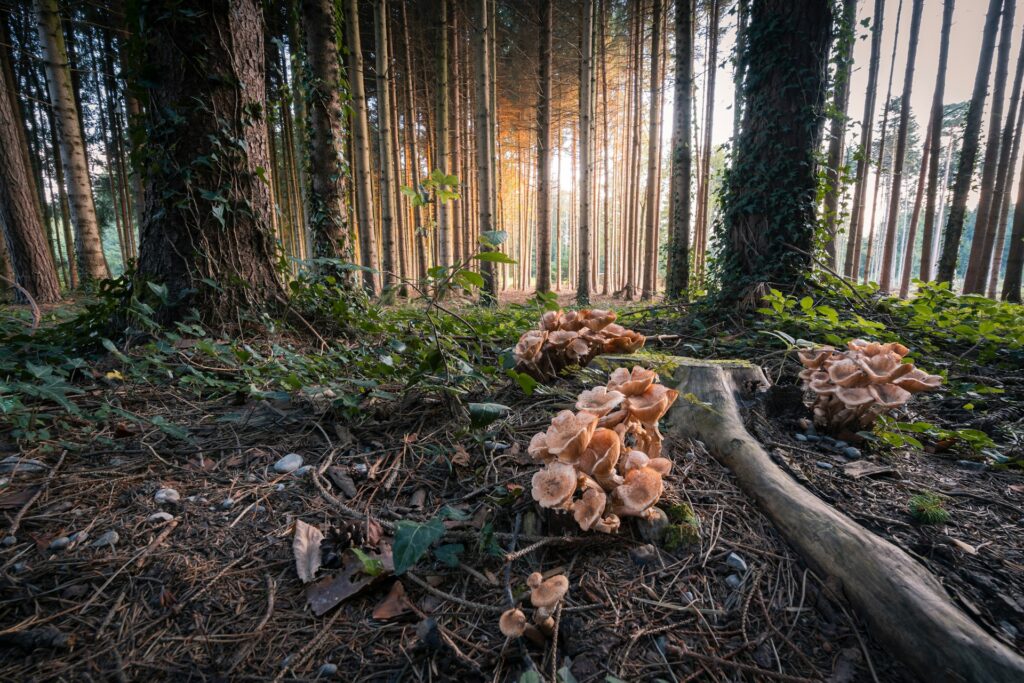
Underneath most forests, there’s a hidden network of fungi called mycorrhizal networks. These thread-like structures connect the roots of different plants, allowing them to exchange nutrients, but also information. When a tree is stressed, it can send chemical messages through this underground system to alert others.
This system is often called the “Wood Wide Web,” and it’s not just poetic—these networks let plants send signals over long distances. Think of it as dial-up for trees. It’s slower than animal communication, but it works well for their pace of life.
2. Chemical signals travel through the air too.
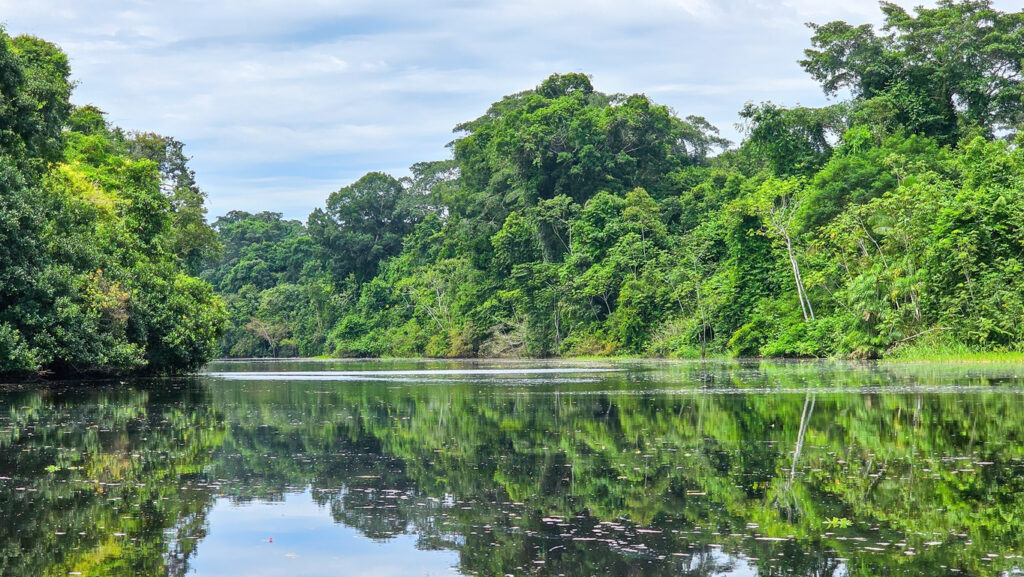
Some plants don’t even need a fungal connection to talk to each other. When one is attacked—say, by insects or disease—it can release volatile organic compounds (VOCs) into the air. These are chemical scents that drift on the breeze and act like alarms for nearby plants.
If another plant picks up on those VOCs, it might start producing bitter compounds to make itself less tasty or toughen up its leaves. Essentially, it gets a heads-up that danger’s coming and starts defending itself in advance.
3. Acacia trees warn each other about giraffes.

In parts of Africa, acacia trees release ethylene gas when grazed on by giraffes. This gas floats through the air and triggers nearby trees to produce more tannins in their leaves, which makes them less appealing to eat. Giraffes figured this out, by the way—they’ll often walk upwind or skip over a few trees to find ones that haven’t “heard” the warning yet. It’s a surprisingly strategic little war between plant and animal.
4. Plants can ‘smell’ stress in their neighbours.

It’s not just attack that gets plants talking. Some studies show that plants can sense environmental stress in those around them—like drought, heat, or even physical damage—and start adjusting their own behaviour to survive. This might mean slowing growth, closing their pores to retain water, or changing how they develop. They’re constantly listening, even if it’s silent to us.
5. Signals move faster in forest networks than you’d think.
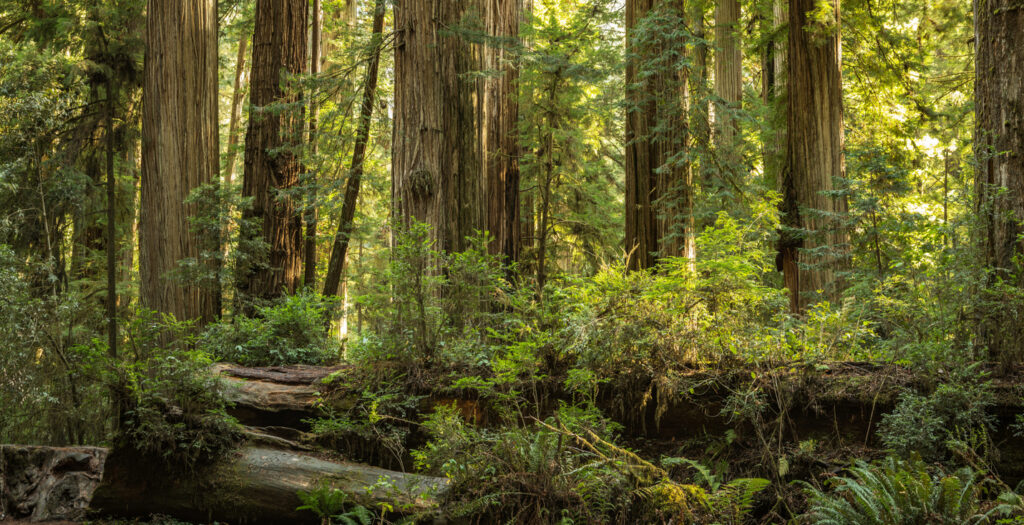
Plant communication isn’t instant, but it’s surprisingly quick. VOCs can start spreading within minutes, while fungal signals might take hours. That might sound slow, but in plant time, it’s fast enough to be useful. Trees don’t sprint away from predators—they prepare chemically. If a pest outbreak starts on one side of the forest, the rest can be warned before it spreads too far, giving them time to build up resistance.
6. Some trees give more than they take.

Older, larger trees—sometimes called “mother trees”—have been shown to send more signals and share more resources through mycorrhizal networks than others. They’ll even direct nutrients toward seedlings that are struggling. This generosity helps ensure the forest as a whole survives tough conditions. It’s not sentimental—it’s smart. Healthy forests depend on community, and plants seem to know it.
7. Invasive plants try to ‘jam’ the signals.

Some invasive plant species appear to interrupt or block these natural warning systems. By pumping out their own chemical signals or hijacking the underground networks, they can confuse native plants and gain an advantage. This kind of chemical sabotage shows how complex plant interactions really are. It’s not all cooperation—there’s a whole world of subtle battles going on beneath our feet.
8. Damage changes how signals are sent.
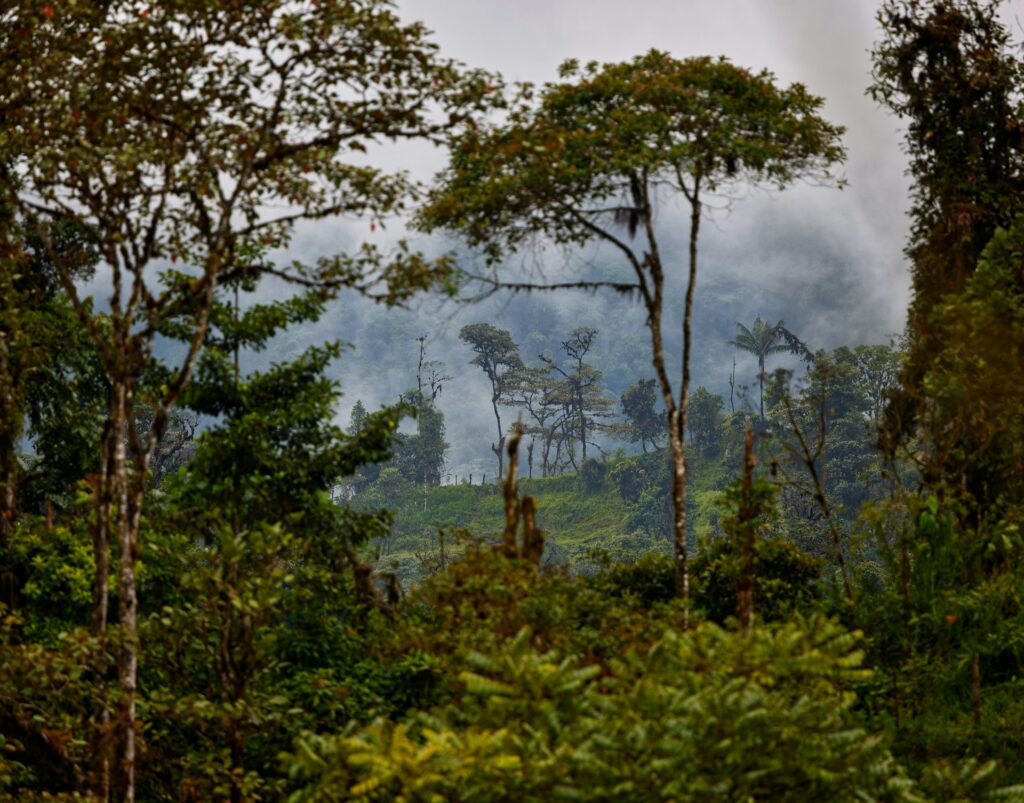
If a plant is injured—by weather, animals, or humans—it changes the kinds of messages it sends. This can shift how the rest of the forest responds. A sudden drop in rainfall might trigger one kind of signal, while a bug infestation might trigger another. Plants don’t have one “panic button.” They customise their responses depending on what’s going wrong, and that helps the rest of the forest fine-tune its own defences.
9. Plant communication supports whole ecosystems.

When trees talk to each other, it isn’t just for their own survival. Warning signals can help preserve whole communities—slowing the spread of disease, controlling pest populations, and keeping ecosystems in balance. That cooperation is one of the reasons mature forests are so resilient. It’s not just individual trees toughing it out—it’s an entire network working as one.
10. It challenges how we see plant intelligence.
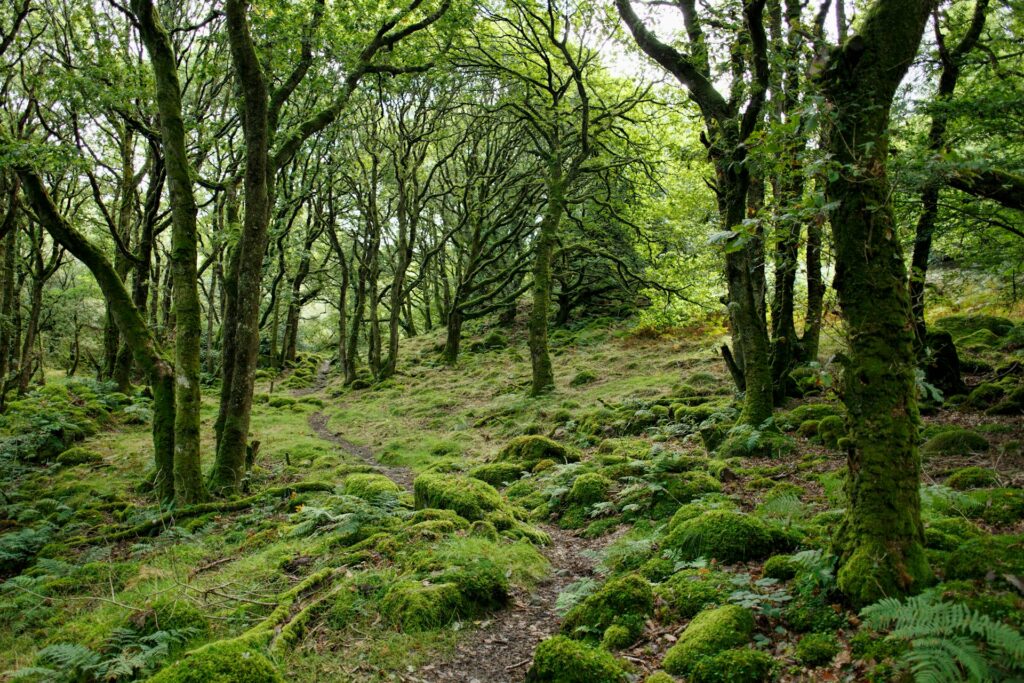
None of this means plants have thoughts—but they are responsive, aware of their surroundings, and capable of change. That’s a kind of intelligence we’re only just beginning to understand. Seeing plants as active participants in their environment changes the way we think about conservation, farming, and even gardening. They’re not just decoration—they’re alive, aware, and quietly looking out for each other.